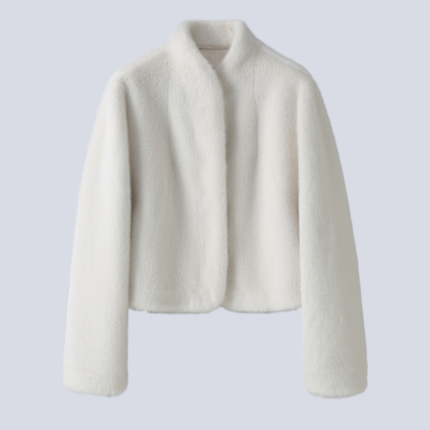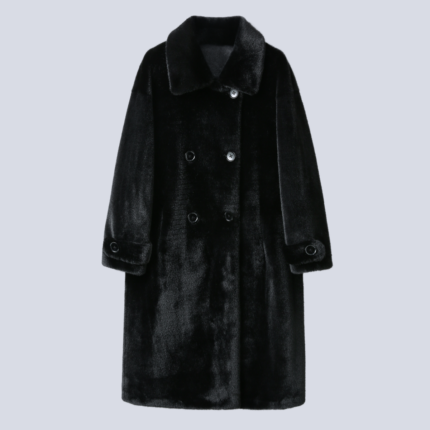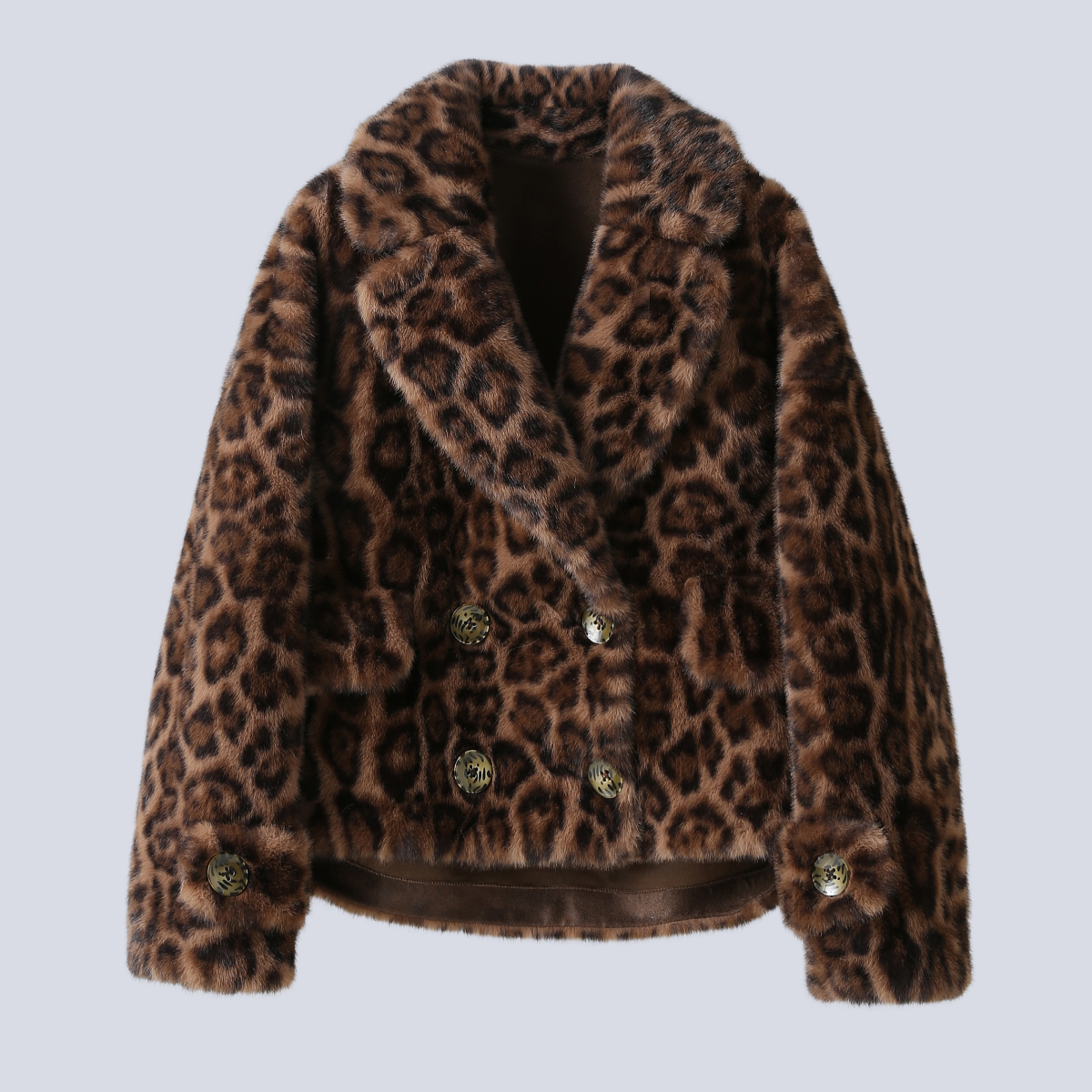-
Fur is an excellent alternative to products made from synthetic materials. Genuine fur is natural, renewable, biodegradable and sustainable. The negative environmental impact caused by faux fur and synthetic fibers in general is far greater than that of real fur.
Synthetic Fibers are Made from Petrochemicals
Faux fur and most synthetics are made from petrochemicals. They can take more than 3 times as much non-renewable energy to produce as real fur. Like other plastics, these materials do not break down easily and will remain in landfills for centuries. At a time when the true ecological cost of “cheap”, mass-produced, disposable “fast-fashion” is just beginning to be calculated – think millions of tons of poor-quality fibers and short-life garments filling up landfills – the naturally durable and recyclable qualities of fur make more sense than ever!
Fur is Biodegradable
Real fur is an organic material. The “dressing” process helps to preserve the pelts for some time, but after many years of use they will eventually dry out and begin to deteriorate (i.e., biodegrade), returning to nature. Old fur apparel can even be composted for use in your garden!
Washing Faux Fur is Bad for Waterways
While machine washing a faux fur article, it's estimated that each piece can release as many as 1900 tiny plastic particles into water systems. This can be harmful to the ecosystem in general, negatively affecting the health of plants, animals and people who live off of the waterways.Artificial fur coathttps://www.baiyunfur.com/product/friendly-wool-artificial-fur-2/
Fur Supports Communities who are most Passionate about Protect their Environment
Fur helps to support people who live off of the land, and helps them to continue living this lifestyle comfortably. Trappers often trap in order to eat, and use fur in order to turn what would be waste into a valuable product. These people are heavily invested in conserving and protecting nature because of the extent to which they rely on it.
Fur is a Byproduct of the Meat Industry
Our cowhides, rabbit fur and sheepskin are direct byproducts of the meat industry.
-
As consumers become more aware of the impact of their choices on the planet, the demand for ethical and sustainable fashion options is growing. Eco-friendly fur offers a guilt-free way to stay stylish while reducing our carbon footprint.
-
These alternatives are made from a variety of materials, such as recycled polyester, organic cotton, and plant-based fibers. They mimic the look and feel of real fur without the harm to animals or the environment.
-
Not only are eco-friendly fur alternatives kinder to the planet, but they also offer several other benefits. They are often more affordable than real fur, making luxury fashion accessible to a wider range of people. Additionally, they are easier to care for and can be machine washed, saving time and energy.
-
The fashion industry is responding to this growing demand by incorporating eco-friendly fur into their collections. Designers are creating beautiful and innovative pieces that showcase the versatility of these materials. From coats and jackets to accessories like scarves and hats, there are plenty of options to choose from.
-
By choosing eco-friendly fur alternatives, we can make a positive impact on the environment and send a message to the fashion industry that we demand sustainable options. It's a small step that can lead to big changes in the way we consume fashion.
-
So, let's go green and embrace eco-friendly fur alternatives. Together, we can create a more sustainable future for ourselves and the planet. Whether you're a fashion enthusiast or simply looking for a way to make a difference, eco-friendly fur is a great choice.
-
In conclusion, eco-friendly fur alternatives are not only a fashion statement but also a commitment to a better world. Let's make conscious choices and support sustainable fashion for a brighter tomorrow.









